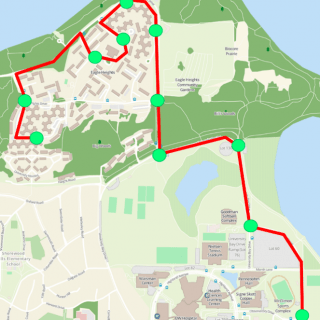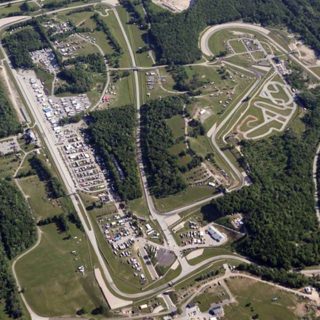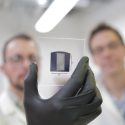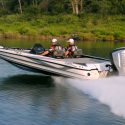Wisconsin proving ground paves way for driverless vehicle research
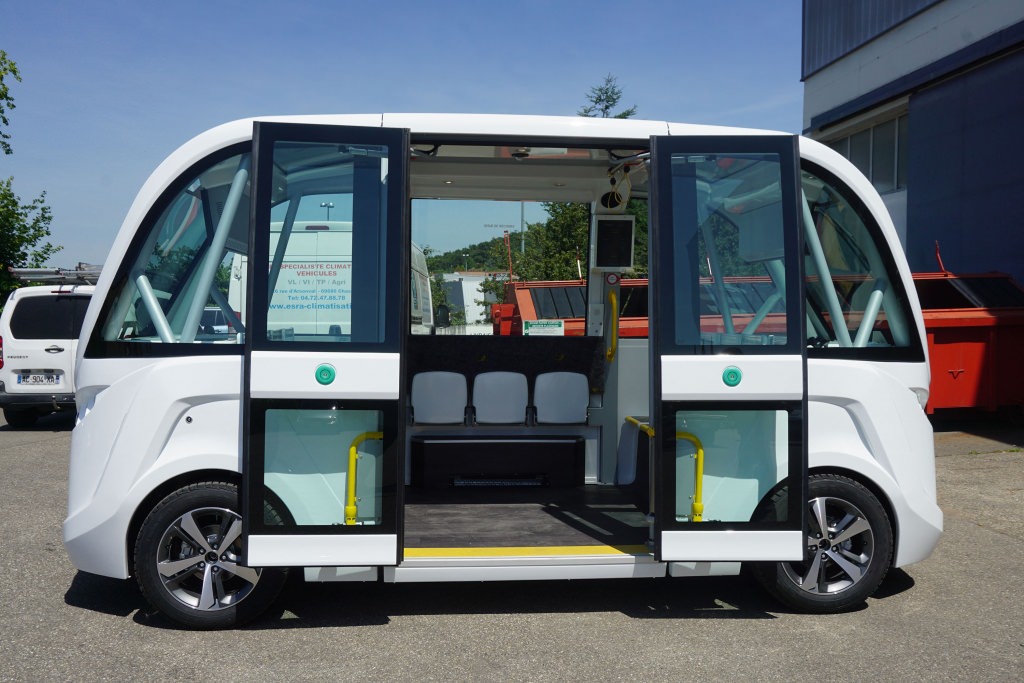
Autonomous vehicles range from interstate freight trucks down to small people-carriers — like the Navya Arma — that may prove useful on Wisconsin Proving Ground sites like campuses at UW–Madison or Epic Systems in Verona. Courtesy of UW–Madison/TOPS Lab
A partnership including University of Wisconsin–Madison engineers has been named one of 10 proving grounds for driverless cars and trucks by the U.S. Department of Transportation.
The future of transportation undoubtedly includes vehicles that operate with little or no input from human operators, according to Peter Rafferty, a program manager at UW–Madison’s Traffic Operations and Safety Laboratory (TOPS). Outgoing Transportation Secretary Anthony Foxx, who announced the proving grounds last week, expects them to serve as a network of pooled expertise to speed the safe deployment of driverless vehicles.
“There are still a lot of questions of safety and human interaction and plenty of technological challenges that need addressing,” says Rafferty. “The Department of Transportation wants to make sure the lessons learned in that work are being shared, and being involved in this network means Wisconsin has access to that knowledge and an opportunity to contribute.”
The TOPS Lab, in the UW–Madison College of Engineering, and Akron, New York-based MGA Research led an effort to gather space and expertise to attract researchers testing autonomous vehicles (AVs) in all sorts of conditions.
“AV technology in development ranges from one- and two-person vehicles and small buses for local trips up to platoons of trucks driving in tandem on the interstate,” Rafferty says. “We have places to test most or all of them.”
The Wisconsin AV Proving Grounds includes MGA’s Burlington site — 400 acres of roadways and crash-testing facilities originally built as a proving ground for American Motors cars — and the 4-mile racing circuit at Road America in Plymouth provide secure environments for AV testing. The sprawling headquarters of Epic Systems in Verona and UW–Madison’s own streets are also included in the proving grounds.
“There’s evidence of unmet demand for these proving grounds — controlled roads where you can safely challenge a vehicle and figure out how to make it react differently to a big rock in its way than it would to a shopping bag in the street or to tell the difference between the ruts that develop in new snow and broken pavement,” says Rafferty.
Madison roads, Wisconsin highways and the campus layout at UW–Madison and Epic would pose more public and realistically interactive situations for driverless vehicles.
“An intersection in the middle of campus at class-changing time is a completely different — but equally important — set of challenges to address,” Rafferty says.
Rafferty and the City of Madison are interested in the way the vehicles could be deployed to better connect people who cannot afford or otherwise operate their own cars to public transit and vital services like health care. Industry users of the proving grounds could also draw on UW–Madison experts in data collection, high-resolution mapping, computer and vehicle networking, and engine and power production.
“There are all kinds of concepts in formulation, and I really want to get those vehicles here to start working on proving their capabilities and user acceptance,” Rafferty says. “And because we have this commitment to infrastructure, we can get them going here for thousands of dollars instead of millions of dollars.”
Tags: campus transportation, engineering



